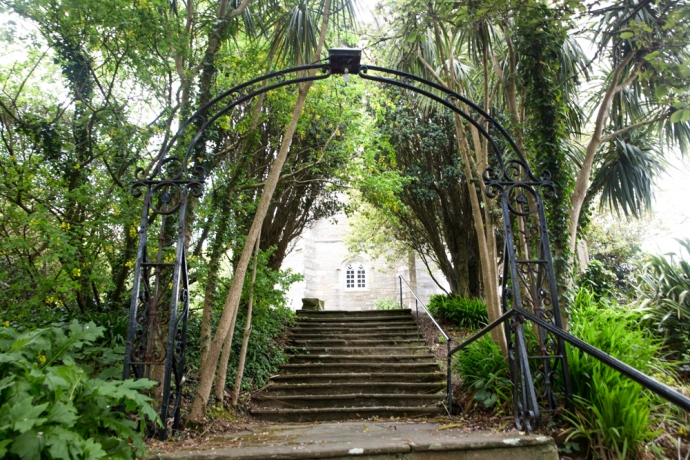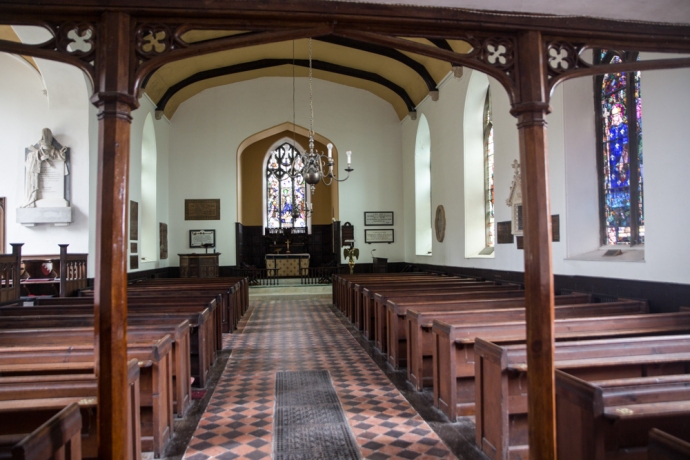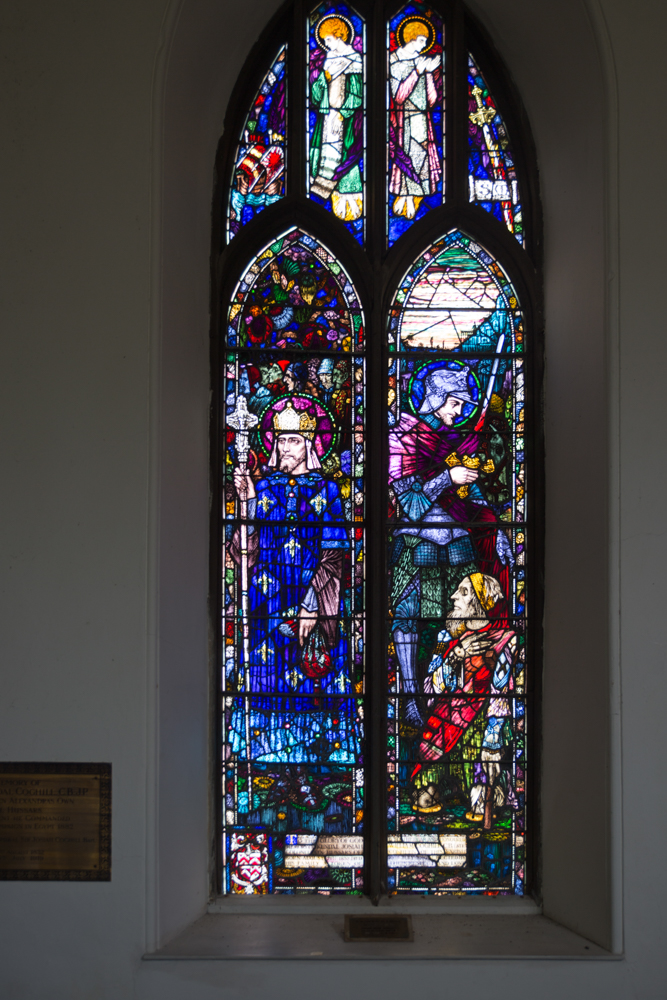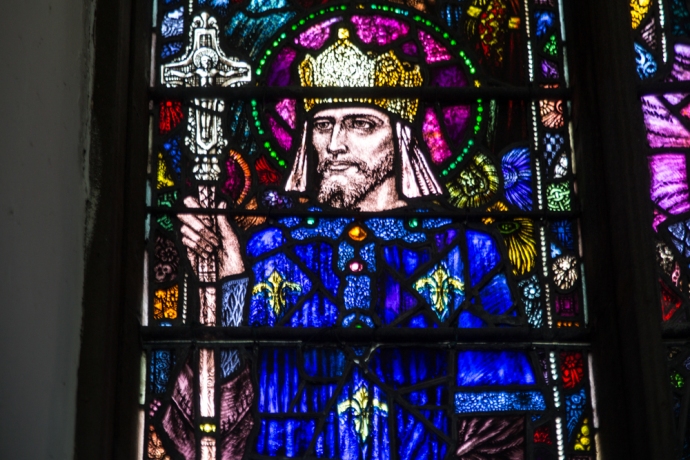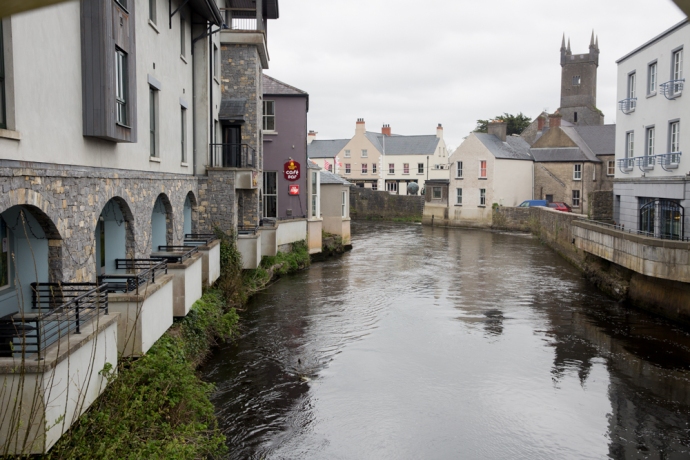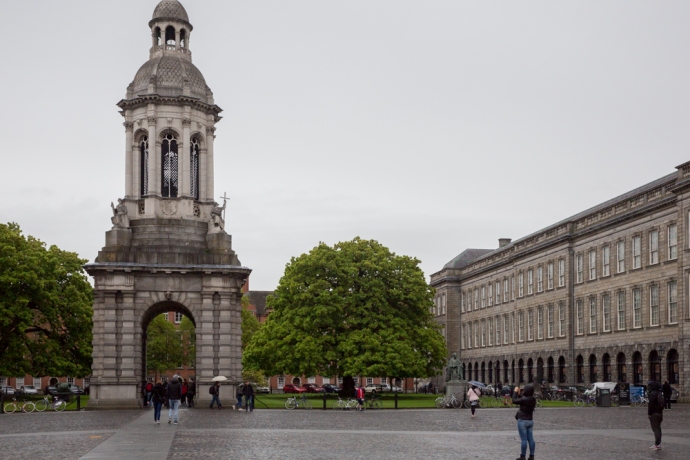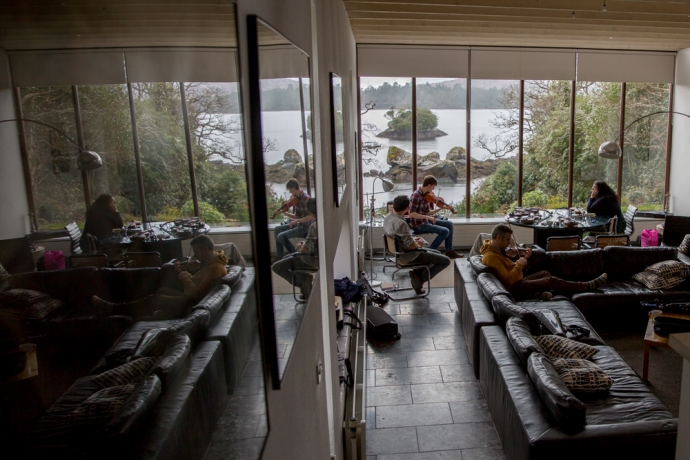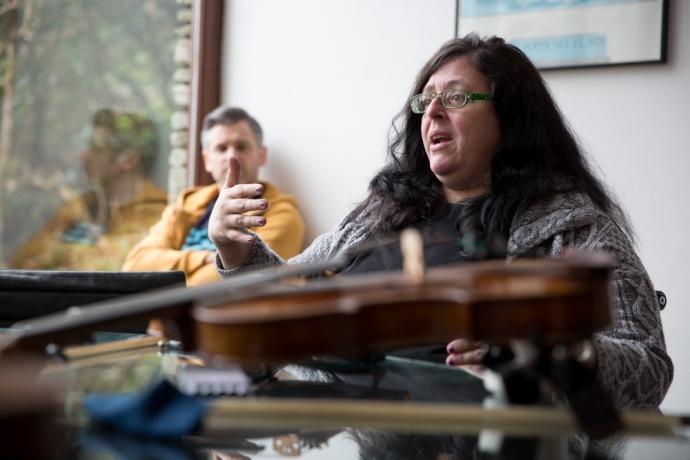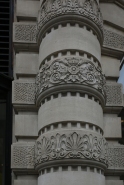My readers would normally expect me to write on Ireland. But I have family in California, so I visit occasionally. And of course I take my camera and my pen with me (as well as my fiddle!).
I have come to love New York. I was so impressed with much there and I started writing a blog on two great galleries in that city. But as I wrote I realised I had never really spoken about my impressions of the City itself. So in the long tradition of horses and carts it is time to redress that. I’m calling this Part 1 and will talk in Part 2 about the Met and MOMA which was really what I wanted to write about in the first place.
My priority in discovering a new city for the first time is to walk the streets without any plan. I only pay cursory attention to guide books preferring to stumble over a city’s attractions myself and as much as possible avoid my fellow tourists.
This was what I have done in visits over the years to some of my favourite places: Paris, Edinburgh, Venice, London, San Francisco and Cape Town. Then I read the guide books and see what I missed.
My first visit was in April of 2016 and at that time I spent three to four days exploring. I visited again in September 2017 which as I felt more at ‘home’ was when i visited the museums.
Although time has passed I did actually put pen to paper during my first visit, so most of my words in this blog are from those first mind blowing moments experiencing New York. Looking back they have a certain naïve immediacy; more so than anything I would write today as a more ‘seasoned’ visitor. One more thing though. This is not a ‘Guide’ to the City’s Must-sees. It is a random collection of impressions and moments that unfolded over those few days. So I know it is only a very superficial view of possibly the greatest city in the World. But it’s my view.
So here goes:
My first visit to New York; but it’s funny. isn’t it? It has an air of familiarity to it. All the names of places are straight out of American sit-coms or movies. Places like Manhattan, Times Square, Empire State, Madison Square Gardens, Fifth Avenue, Broadway, Brooklyn Bridge, Grand Central, Park Avenue, Central Park. Am I in an episode of Seinfeld or a Woody Allen movie? Though you feel you know the place nevertheless the reality is different and exciting.


My first impression though was of the grandeur. The streets were wider than I had thought. Not at all the claustrophobic canyon city I imagined, but remarkably everything seemed to be in proportion. There was abundant light in the streets and that was a surprise. Turns out this is a result of a 1916 city ordinance that required buildings to be set back from the kerb and only occupy a percentage of the land area. It also hugely influenced construction during the golden age of skyscrapers with tapered buildings meeting these demands. There is an immensity however you can’t possibly be prepared for.



I just love the mix of architectural styles, though its reputation as a city of skyscrapers was cemented during the boom of the 1930s This was the time of art deco architecture and the massive buildings of the day such as the Chrysler and Empire State have become world wide symbols of American success and New York’s central place in that. Due to the limited space on Manhattan, construction of tall buildings was always a necessity and the Victorian period saw highly decorated and opulent expressions of this. They speak of optimism and confidence and brashness. Often flamboyantly decorated they stand in stark contrast to the stone and concrete elegance of the 1930s and the minimalist glass and steel of the modern period.
Some streetscapes seem to be entirely of buildings from the turn of the century. Built up against the street they give a more closed-in feel of an earlier New York, But buildings such as these sit comfortably with the neo-romantic and the hyper-tall towers of glass. New York continues to make a statement saying “Hey look at me”




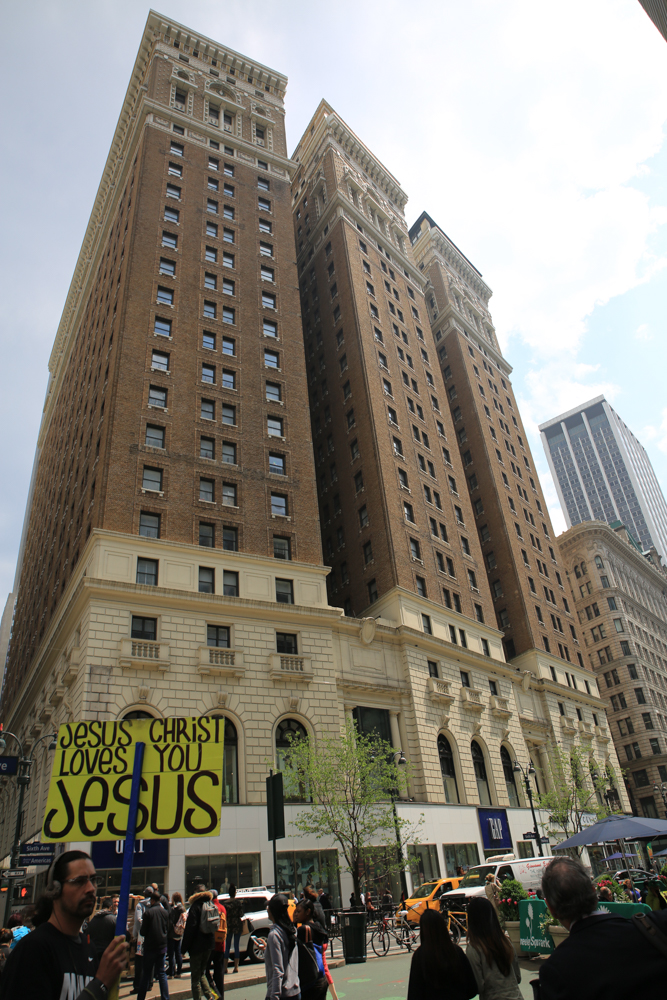

I love the way the New York of old is often reflected in the sheer glass walls of the new. As if paying homage to their presence. You see this all over the city.




I loved the Empire State. The Empire State is not only bigger and more impressive than I expected but clean and sparkling and visible from anywhere in Mid Manhattan. And then I discovered a building called The Flatiron Building. Hard to believe it was built in 1902. With innovative engineering of a steel frame suspending the concrete walls. A triangular building, simply elegant, though not considered so by critics of the day.


I loved the architectural detail everywhere. Exotic decoration, simple brickwork, Demonstrations of confidence everywhere.
I walked dozens of blocks and hours of foot-wearying slog but in almost a state of wondrous trance. A bit like Alice in Wonderland. And blow my socks off there in central Park is a statue honoring Alice. Art imitating Life imitating Art.

The place is constant noise and colour. Constant and incessant screaming of sirens and clattering traffic. No one seems to bat an eyelid because it is so constant and people hardly notice. They are buried in their phones or plugged into their ears. In their own virtual world. Or their shouted conversations trying to raise above it. There are police everywhere. And I mean everywhere. New Yorkers are loud themselves. Definitely a product of their environment. You are part of every conversation whether you want to be or not. Especially phone conversations. I said Colour didn’t I? Well where better to see that than Times Square? An in-your-face statement of popular American culture and neon-materialism.


There is an aggressive element to the place. Brash, fast. A city of apartments, so many live their lives on the street. Everything is happening on the Avenues. Shops are open at all hours. You can buy bagels or seafood from roadside vendors. You can listen to music or watch street art. You can walk your dog. It is a city of characters. And they all want to talk to you or at you. One taxi driver born in 62nd Street gave me her life story in the space of a cab rideof only a few blocks. On the streets you see sad and and you see quirky Your senses are assaulted in so many ways.
You see the beauty of inner city green spaces and then you see piles of rubbish. A city which is in many ways in the vanguard of civilisation can’t work out a decent way of collecting its rubbish or housing all its people.
You could see anything on a New York street. A fashion shoot, evocative statues, indecision on street names and reminders that if it isn’t bolted down forget it. An headless commuter? or legal cannabis drinks. Or the distinct New York humor evident in street signs.

And I have to mention the stairway in my Apartment that I rented through AirBnB. The floor number was beautifully mosaic-ed into the tiling. Only problem was the artisan’s English language skills were just a little wanting.
There was a brightness about the town. It was of course Spring so tulips were in full bloom, trees were flushed with foliage. Central Park was alive with birds. I spent a whole afternoon wandering aimlessly there and I would not have touched a quarter (or a quarter for that matter – there is so much ‘free’ entertainment). What a treasure the forefathers left. Truly an oasis, a place to recharge and incredibly you can choose your own natural fix. Ramble in a forest, cycle the paved roads, relax on a rocky outcrop, kick a ball, bird watch or take a pony trap. Central Park is many Parks.




New York is such a big city with its many boroughs and then its many districts. I was mainly in Manhattan. As with most ‘tourists’, but Manhattan is Soho and Upper East Side and Little Italy and the Merchant district and Lower East Side and Greenwich Village and Chinatown. All so different but all vibrant in their own distinct way. It is also hidden gems such as the High Line Park, a former elevated railway line, turned into a Linear Park, with gardens, boardwalks, cafes, and installation art. And plenty of rules. I was there late one night and came across this fellow. A hyper realistic statue “The Somnambulist” by Tony Matelli.




Though I tend to avoid the tourist traps; the closest I got to Statue of Liberty was from the Manhattan shore, but I did walk across Brooklyn Bridge. The walkway is built above the traffic lanes so you have magnificent unimpeded views back over Manhattan or over the docksides of Brooklyn. Possibly the oldest suspension bridge in the world it was opened in 1883. It has held up remarkably due to the designer, William Roebling, building six times the engineering redundancy into the design. And for at least forty years until prohibition, huge vaults at either end stored the finest french wines in perfect conditions under the pylons.





I love the way you just stumble across things. On the corner of West 58th and 7th is Petrossian Restaurant. It was the architecture that initially drew me in. Formerly an apartment building dating from 1907 in French Renaissance style with elaborate terra-cotta ornamentation it originally had 14 room – 5 bathroom apartments. THese were subdivided during the Depression. Now it is an iconic Caviar restaurant. I was briefly tempted until I saw the tasting menu at $250pp. Next time!
Oh Nearly forgot. Trump. He has two towers in Manhattan and most notable was the crowds in the street just gawking outside the Trump Tower. I went in. Past the machine gunners who thankfully gave me a broad smile, past the security check but my curiosity was very quickly satisfied and really it was a ‘nothing burger’ inside. More troubling though was the permanent multiple NYPD presence outside the other Tower whether he is there or not. Two Towers. Is one real and the other ‘fake’?



So that was my New York. Except I haven’t even mentioned the fabulous Irish music. I went to 11 sessions in all in the City. A great place with a great Irish heritage. Next time.
Speaking of next time, no doubt any of you who actually read all this are screaming at your screen. How could you miss this? or that? Please tell me what are your must-see’s and I’ll try and fit it in next visit. Because I will go back.
Part 2 is coming.

